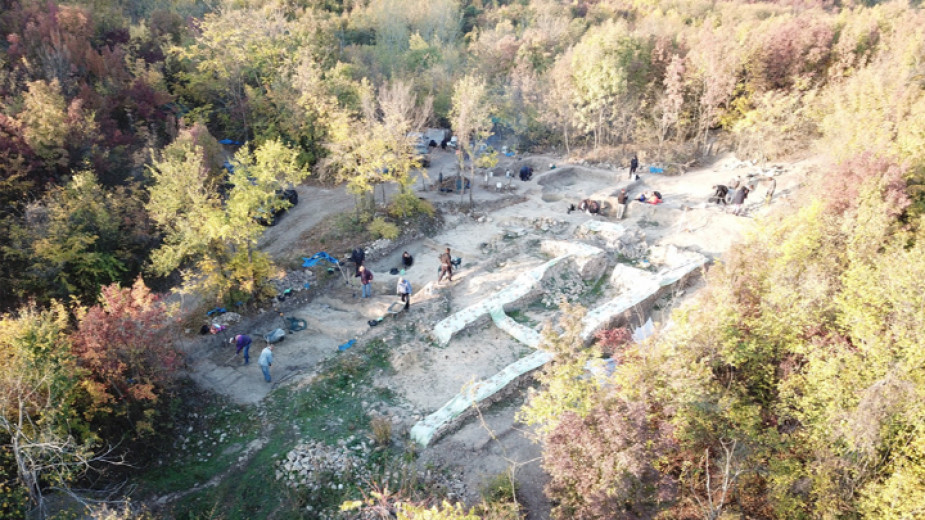 7
7
A 5,000-year-long history lies hidden in the ruins of the medieval fortress “Ryahovets” near the town of Gorna Oryahovitsa where active excavations began ten years ago. On this occasion, on November 17, the Historical Museum in Gorna Oryahovitsa opened an exhibition featuring photographs and artifacts that tell the story of times when these lands were home to Thracians, Pechenegs, Cumans, and the Asen dynasty.
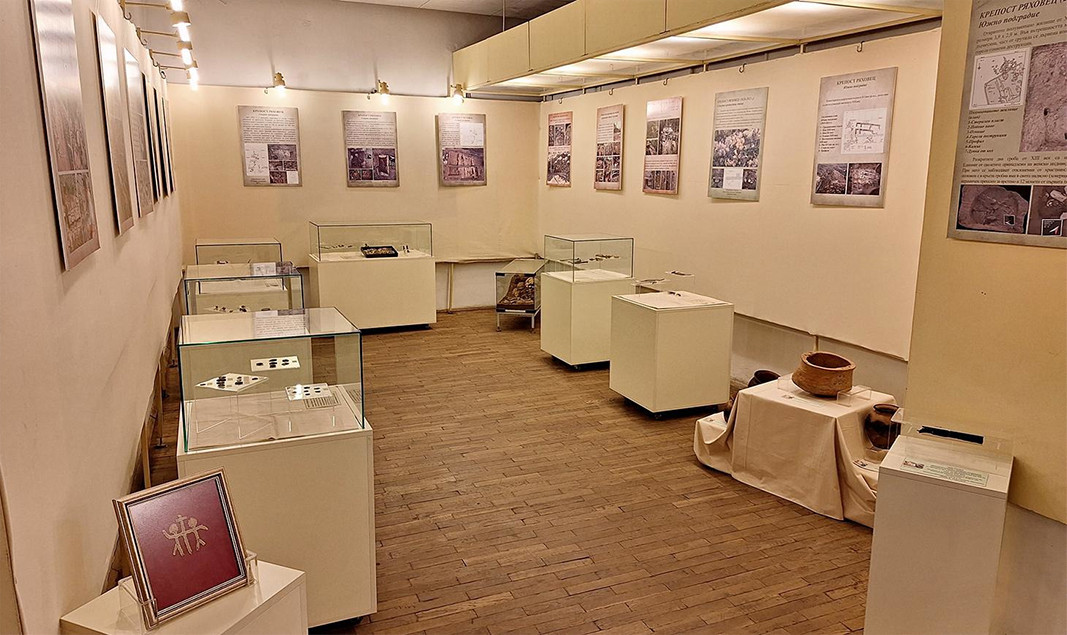
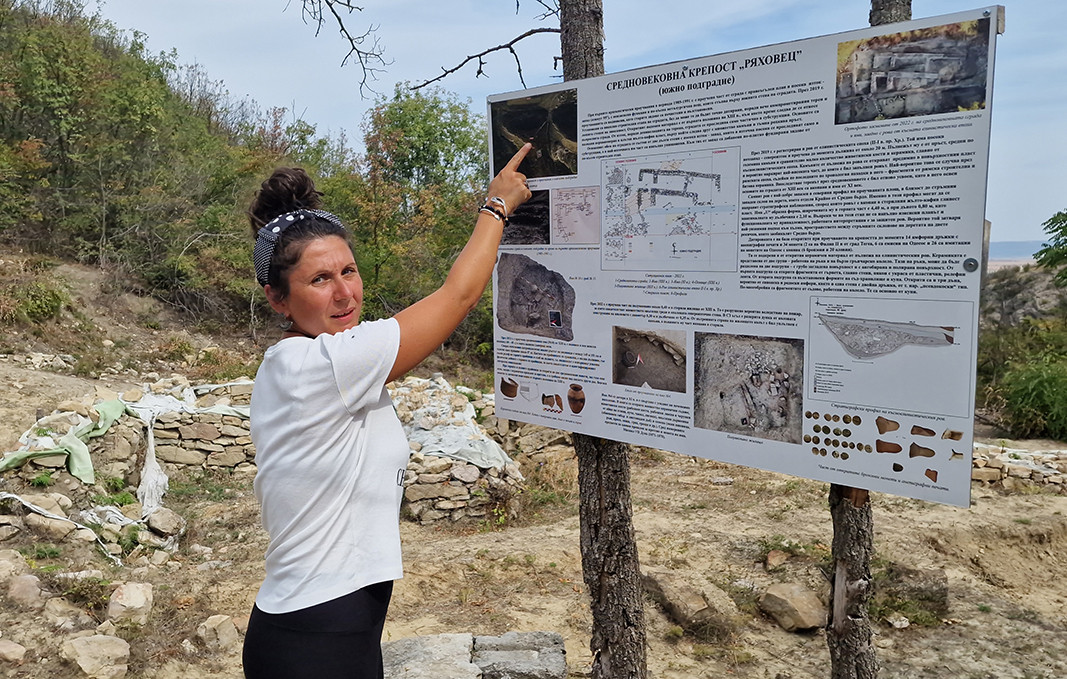
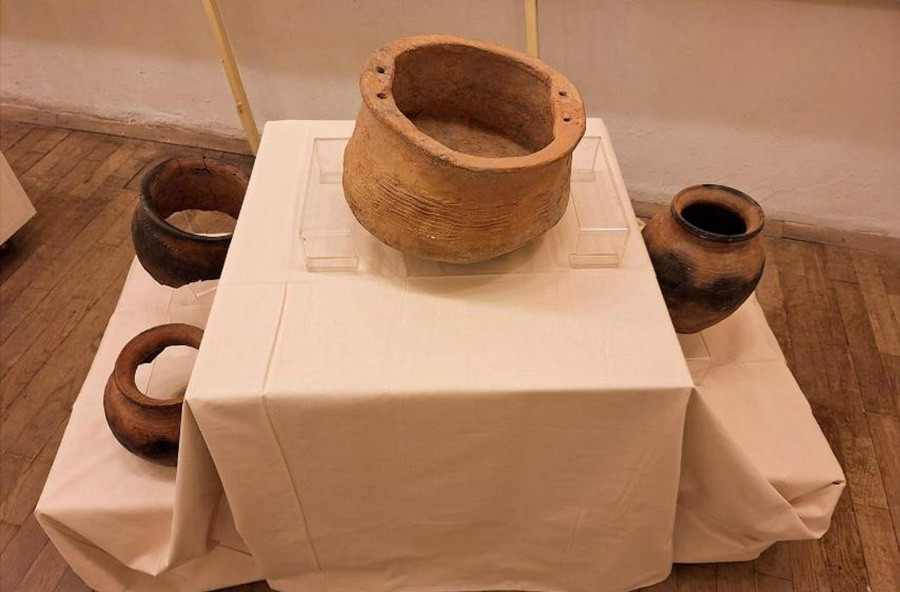
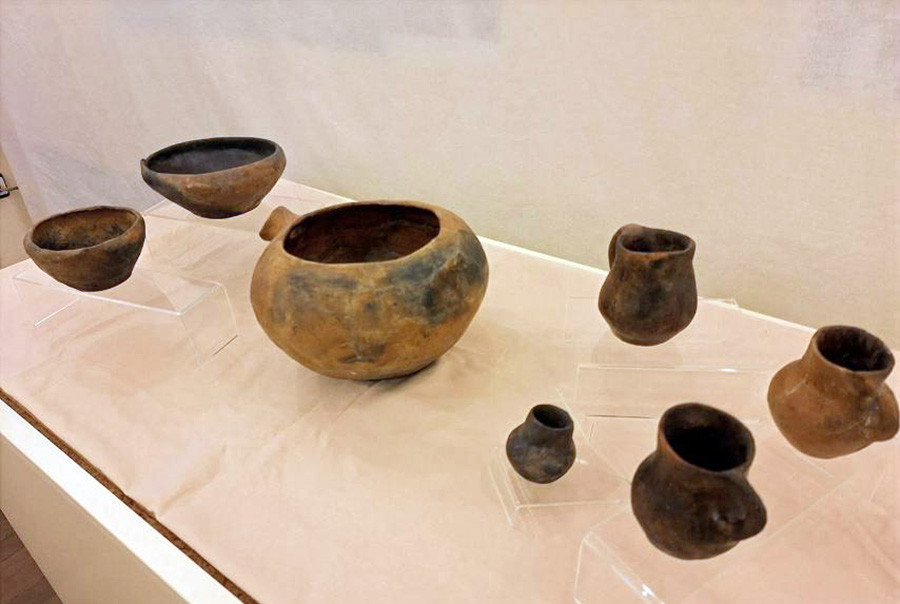
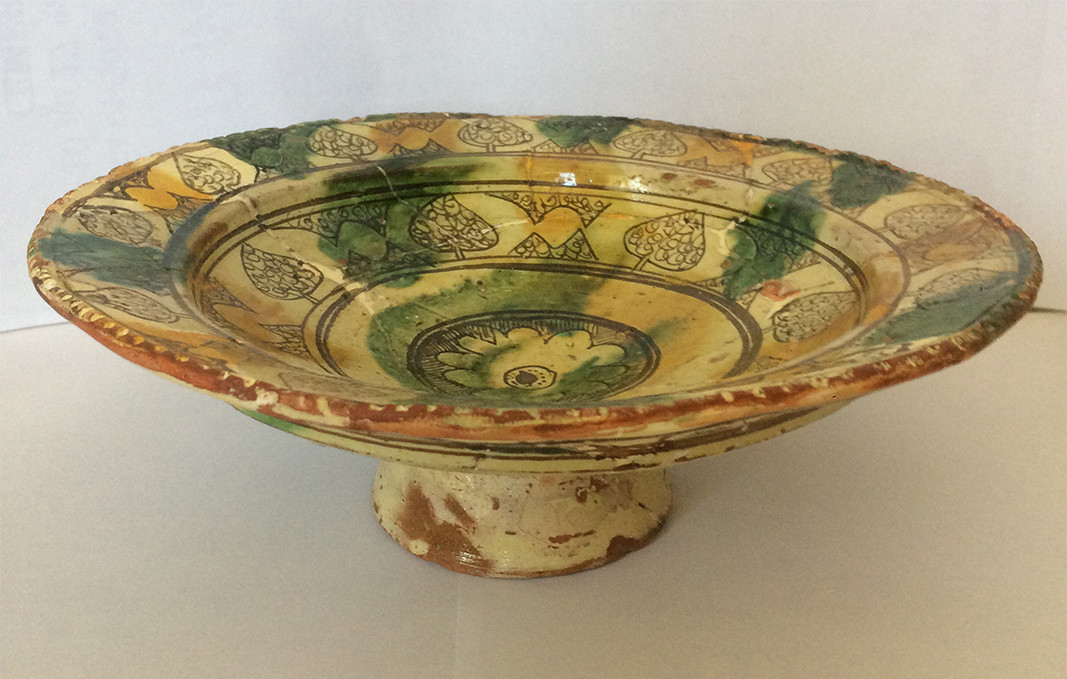
“In the American journal Nature, we managed to publish information from an experiment conducted at the Genetics Institute of Harvard University. We had to extract DNA and make comparative analyses - this helps with dating, so we plan to use it for the children’s graves discovered this year. A month ago, we were also invited to join an international project studying diseases such as smallpox, whooping cough, and others. We will participate, and we hope to soon have results to publish in a large, comprehensive volume.”
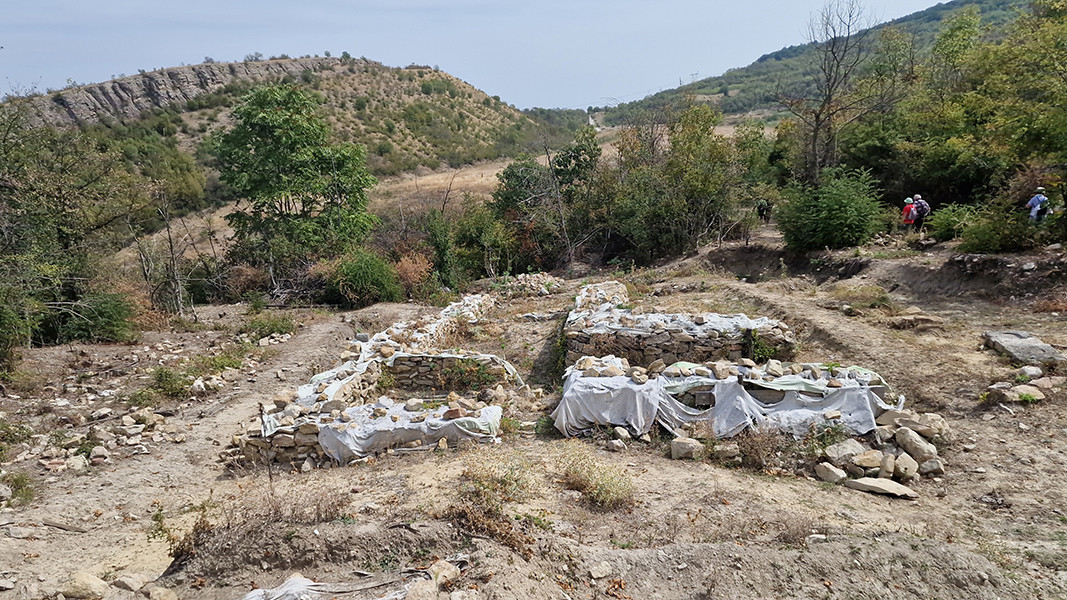
Years ago, the team of archaeologists was joined by the Ryahovets Archaeology School, where students work on site alongside researchers, learning excavation techniques and helping with documentation. “It seems what they love most is digging - grabbing the pickaxes,” Ivanova says with humor. She adds that encountering history inspires some young people to choose it as their profession.

“We have one girl - Yoana Katreva - who completed a master’s degree and has been working for two years on various projects in Germany, Greece, etc., and now she is about to start a PhD. Two other girls completed their bachelor’s degrees. One will continue with anthropology, and the other with a master’s degree in archaeology, and she continues to work closely with us.”
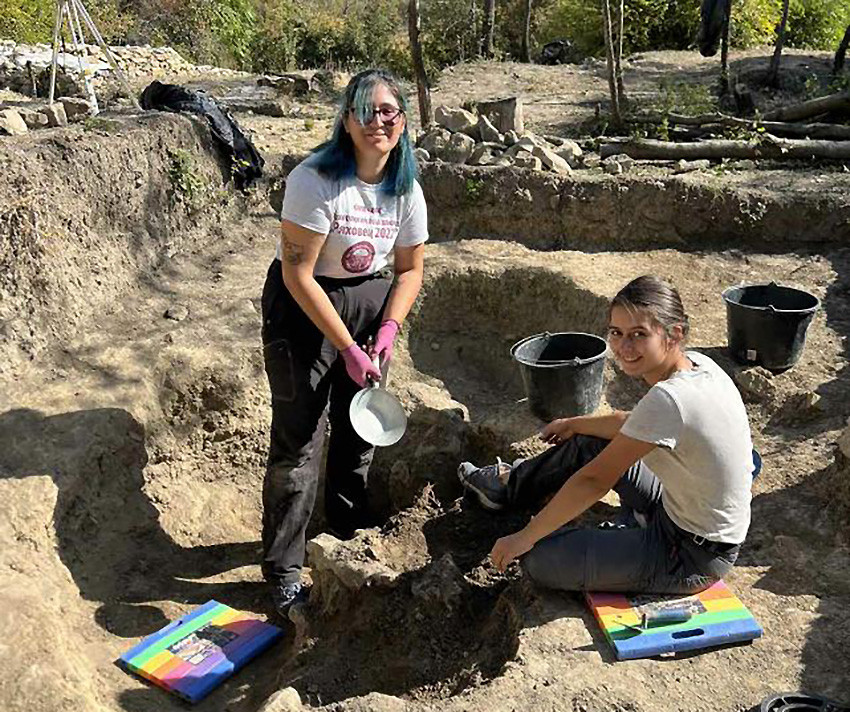
And while the young generation follows in the footsteps of their mentors, archaeologists are already turning toward future projects, in which excavations, DNA studies, and new technologies may allow us to hear even more clearly the echo of footsteps among the ruins - footsteps testifying to the millennia-old history of Bulgaria's Ryahovets fortress.
English publication: R. Petkova
Just days ago, archaeologists uncovered part of the complex underground infrastructure that once served the Roman baths of Ratiaria - one of the most important ancient cities in Bulgaria’s northwest. Founded in the 1st century in the area of..
In the world of the Thracians, who had no written language, the most important messages were conveyed through art. The Letnitsa Treasure is precisely such a message — about power, beliefs, and the path to wisdom . This unique discovery, dated between..
On November 21, the day of the Presentation of Virgin Mary (or the Entry of the most Holy Theotokos into the Temple), the Orthodox Bulgarians also celebrate the Day of the Christian Family and the Learning Youth. The holiday was established by the..

+359 2 9336 661
